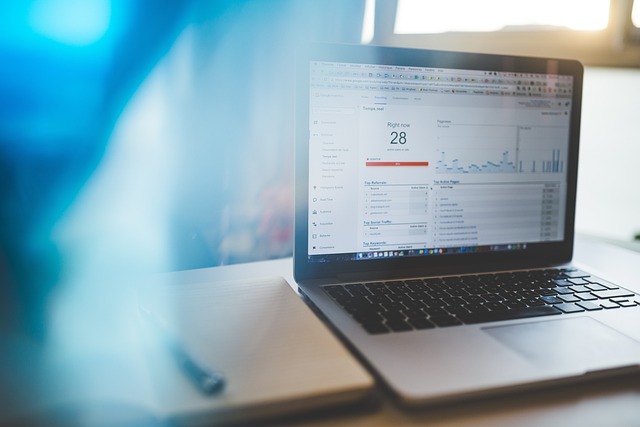AI wellness goal reinforcement tools are revolutionizing individual health management by analyzing medical history, lifestyle patterns, and physiological signals using artificial intelligence algorithms. These tools predict potential health risks, offer personalized recommendations, and adapt through machine learning to foster a proactive mindset for optimal wellness. Leveraging natural language processing (NLP) and vast data processing capabilities, they integrate multiple data sources for comprehensive risk assessments, empowering individuals to take control of their well-being and achieve their health goals through tailored guidance and continuous monitoring.
“AI wellness tools are transforming personal health monitoring, predicting risks with remarkable accuracy. This article delves into the potential of these innovative technologies and their role in proactive healthcare. We explore the science behind AI’s ability to analyze data and identify emerging health hazards, offering personalized insights.
Furthermore, we discuss how AI wellness goal reinforcement tools can be seamlessly integrated into daily routines, encouraging healthier habits and empowering individuals to take charge of their well-being.”
- Understanding AI Wellness Tools and Their Role in Predicting Health Risks
- The Science Behind AI's Ability to Identify Potential Hazards
- Integrating AI Wellness Goal Reinforcement Tools into Daily Life
Understanding AI Wellness Tools and Their Role in Predicting Health Risks

AI wellness tools are increasingly being recognized as powerful assistants in promoting and maintaining individual health. These innovative solutions leverage artificial intelligence algorithms to analyze vast amounts of data, including medical history, lifestyle patterns, and physiological signals, to predict potential health risks. By understanding an individual’s unique profile, these AI wellness goal reinforcement tools can provide personalized recommendations and proactive interventions, enabling users to take control of their well-being.
The role of these tools extends beyond simple risk assessment; they serve as continuous companions on the journey towards better health. Through machine learning, AI wellness tools learn from user interactions and adapt over time, becoming increasingly precise in their predictions and suggestions. This dynamic approach ensures that users receive timely and relevant guidance, fostering a proactive mindset for achieving and maintaining optimal wellness.
The Science Behind AI's Ability to Identify Potential Hazards

The science behind AI’s ability to identify potential hazards lies in its sophisticated algorithms and vast data processing capabilities. AI wellness goal reinforcement tools analyze large datasets, including medical records, genetic information, and lifestyle factors, to detect patterns and correlations that may indicate health risks. Machine learning models can learn from these patterns and predict future outcomes with impressive accuracy. By continuously learning and adapting, AI systems become increasingly adept at identifying subtle signals of potential ailments before they become fully manifested.
These tools utilize natural language processing (NLP) to interpret complex medical texts and research papers, extracting insights that might otherwise be overlooked. They also leverage computer vision algorithms to analyze imaging data, such as X-rays or MRI scans, for signs of abnormalities. The integration of multiple data sources enables AI wellness tools to provide comprehensive risk assessments, helping individuals take proactive measures towards maintaining optimal health and achieving their wellness goals.
Integrating AI Wellness Goal Reinforcement Tools into Daily Life

Integrating AI wellness goal reinforcement tools into daily routines is becoming increasingly seamless as technology advances. These intelligent applications leverage artificial intelligence to analyze user behavior, offer personalized recommendations, and motivate individuals to achieve their health goals. By using AI wellness tools, users can set tailored objectives, such as improving sleep patterns, increasing physical activity levels, or managing stress more effectively.
Through continuous monitoring and adaptive feedback mechanisms, these tools foster a sense of accountability and encourage consistent progress. Whether it’s reminding users to take breaks during work, suggesting meditation practices for mindfulness, or tracking calorie intake to support dietary changes, AI wellness goal reinforcement tools have the potential to profoundly impact individuals’ overall well-being.
AI wellness tools, with their predictive capabilities, offer a promising approach to maintaining health and well-being. By leveraging machine learning algorithms to analyze individual data, these tools can identify potential health risks early on, enabling proactive measures. Integrating AI wellness goal reinforcement tools into daily routines could be the key to fostering healthier habits and enhancing overall well-being. As this technology continues to evolve, individuals can look forward to more personalized and effective ways to support their mental and physical health.
